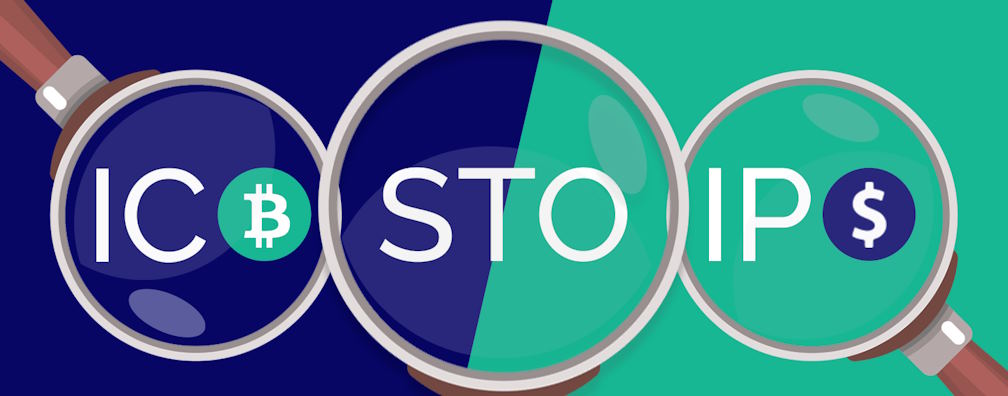
Imagine a financial ecosystem where fundraising transcends borders, enabling anyone with an internet connection to invest in promising projects without the intermediaries that typically govern investment avenues. ICOs and STOs have brought us closer to this reality, paving the way for decentralized fundraising mechanisms that leverage blockchain’s transparency and efficiency. In the wake of ICO euphoria followed by regulatory scrutiny, STOs emerged as a regulated alternative, offering the benefits of traditional securities while retaining the technological advantages of blockchain. As we stand on the cusp of the next phase in token fundraising evolution, this article embarks on a journey through the past, present, and future of ICOs and STOs, dissecting trends that are reshaping the very foundation of capital mobilization and democratizing investment opportunities.
Evolution of Token Fundraising Models
Early Days of ICOs and Their Impact:
In the early days of the cryptocurrency boom, Initial Coin Offerings (ICOs) burst onto the scene as a revolutionary fundraising method. Pioneering projects like Ethereum paved the way for a wave of innovation, enabling startups to raise funds by issuing their own tokens on blockchain platforms. This approach democratized investment, allowing anyone with an internet connection to participate. ICOs quickly gained momentum due to their simplicity and accessibility, resulting in unprecedented fundraising successes. Projects like Filecoin and EOS set records by raising millions, even billions, of dollars within a matter of hours. However, amidst the excitement, challenges and controversies emerged. The lack of regulatory oversight led to a proliferation of fraudulent projects, causing concerns about investor protection and the integrity of the market.

Current Landscape of ICOs and STOs
Analysis of Recent ICO Trends:
In the current blockchain landscape, Initial Coin Offerings (ICOs) are undergoing a notable shift from their once meteoric rise. The initial euphoria surrounding ICOs has waned due to a combination of factors. Regulatory uncertainties and crackdowns in various jurisdictions have cast shadows of doubt on the legitimacy of some projects, leading to a decrease in investor trust. Additionally, the proliferation of low-quality or outright fraudulent projects has eroded confidence in the ICO model. As a result, investors are exercising more caution and conducting thorough due diligence before participating in ICOs. Despite these challenges, ICOs still retain relevance in specific cases. Projects with well-defined use cases, transparent development teams, and robust community engagement continue to attract attention and funding.
STOs: Growth, Challenges, and Benefits:
On the other hand, Security Token Offerings (STOs) have gained momentum as a regulated and secure alternative to ICOs. STOs offer a bridge between the innovative blockchain space and traditional finance by aligning with existing securities regulations. This alignment not only instills confidence in investors but also opens the door for institutional participation. Various industries, including real estate, venture capital, and commodities, are turning to STOs to tokenize assets and offer fractional ownership. Despite their advantages, STOs also face challenges, including the complexity of regulatory compliance and the need to educate investors about this new model. One of the most compelling benefits of STOs is their potential to provide greater liquidity through secondary trading of security tokens on compliant platforms. This liquidity, coupled with the benefits of fractional ownership, has the potential to reshape how assets are bought, sold, and invested in across various sectors.

Regulatory Outlook and Investor Protection
Regulatory Developments in Major Jurisdictions:
The landscape of token fundraising models is significantly influenced by the regulatory stance of major jurisdictions. In the United States, the Securities and Exchange Commission (SEC) has been actively regulating ICOs and STOs, aiming to differentiate between utility tokens and securities. The European Union has taken steps to establish a framework for digital assets, striving to harmonize regulations across member states. In Asia, countries like Japan and Singapore have implemented clear guidelines to provide clarity for token issuers and investors. These diverse approaches reflect the ongoing effort to strike a balance between fostering innovation and ensuring investor protection on a global scale.
Balancing Innovation with Investor Safeguards:
As the industry matures, the importance of maintaining a delicate equilibrium between innovation and investor safeguards becomes evident. Investors must exercise due diligence by thoroughly researching projects before committing funds. Scrutinizing whitepapers, evaluating the project team’s credibility, and assessing the technology’s feasibility are crucial steps to mitigate risks. Regulatory bodies play a vital role in establishing a secure environment by enforcing compliance and setting standards for token offerings. Industry self-regulation and the adoption of best practices also contribute to maintaining ethical conduct within the ecosystem. Striking the right balance between regulatory oversight and the freedom to innovate is pivotal for building a sustainable and trustworthy token fundraising landscape that benefits both projects and investors alike.

